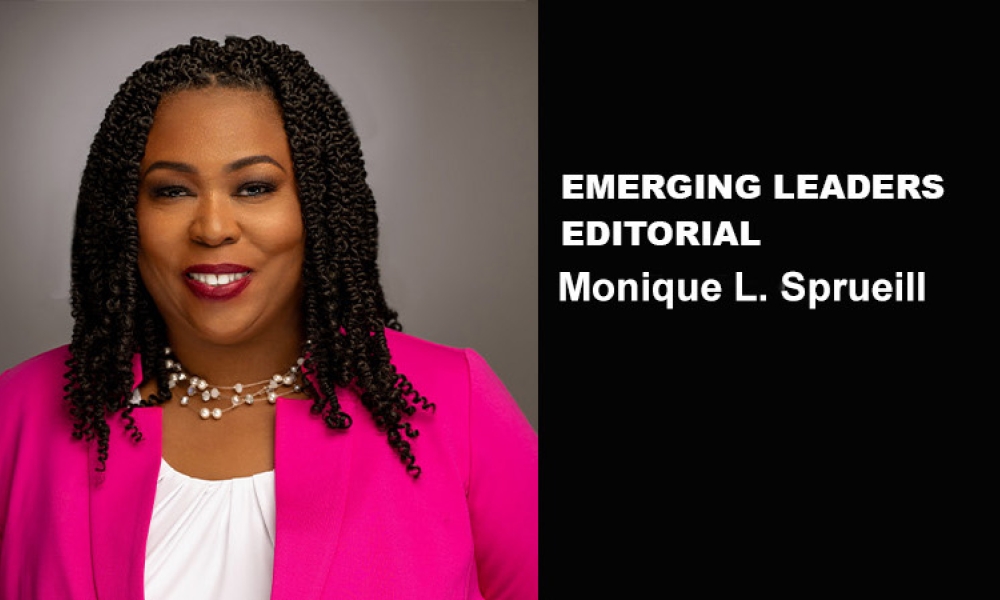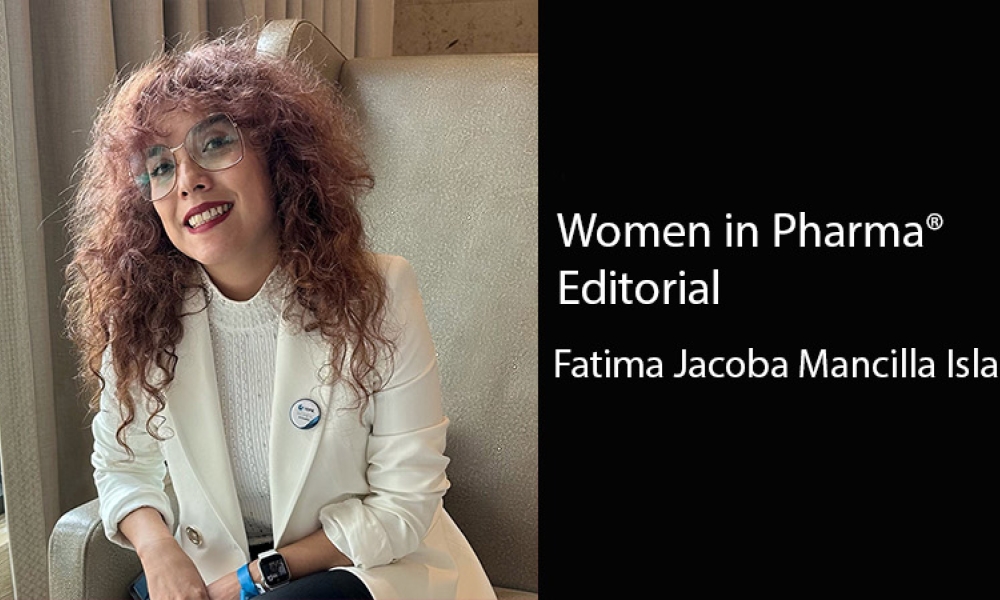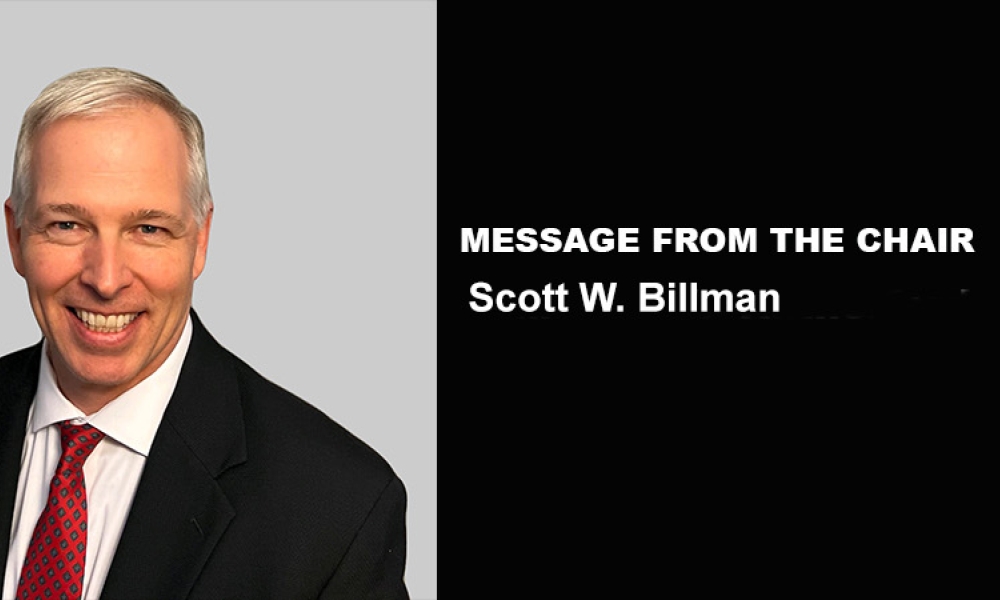26th Annual ISPE Aseptic Conference
Jörg Zimmermann is currently Vice President External Affairs for Vetter Pharma Fertigung GmbH&Co KG, Ravensburg, Germany. In this role, he manages the relationships with regulatory...



